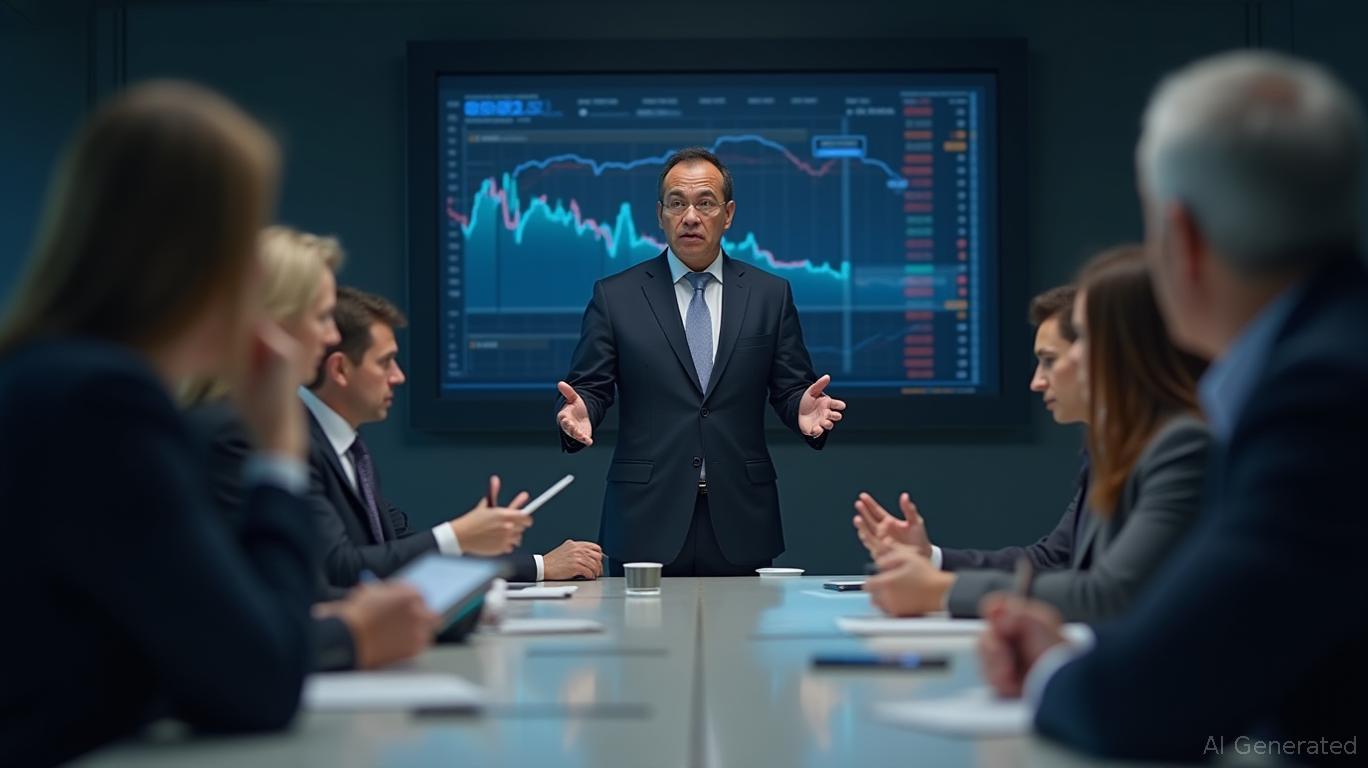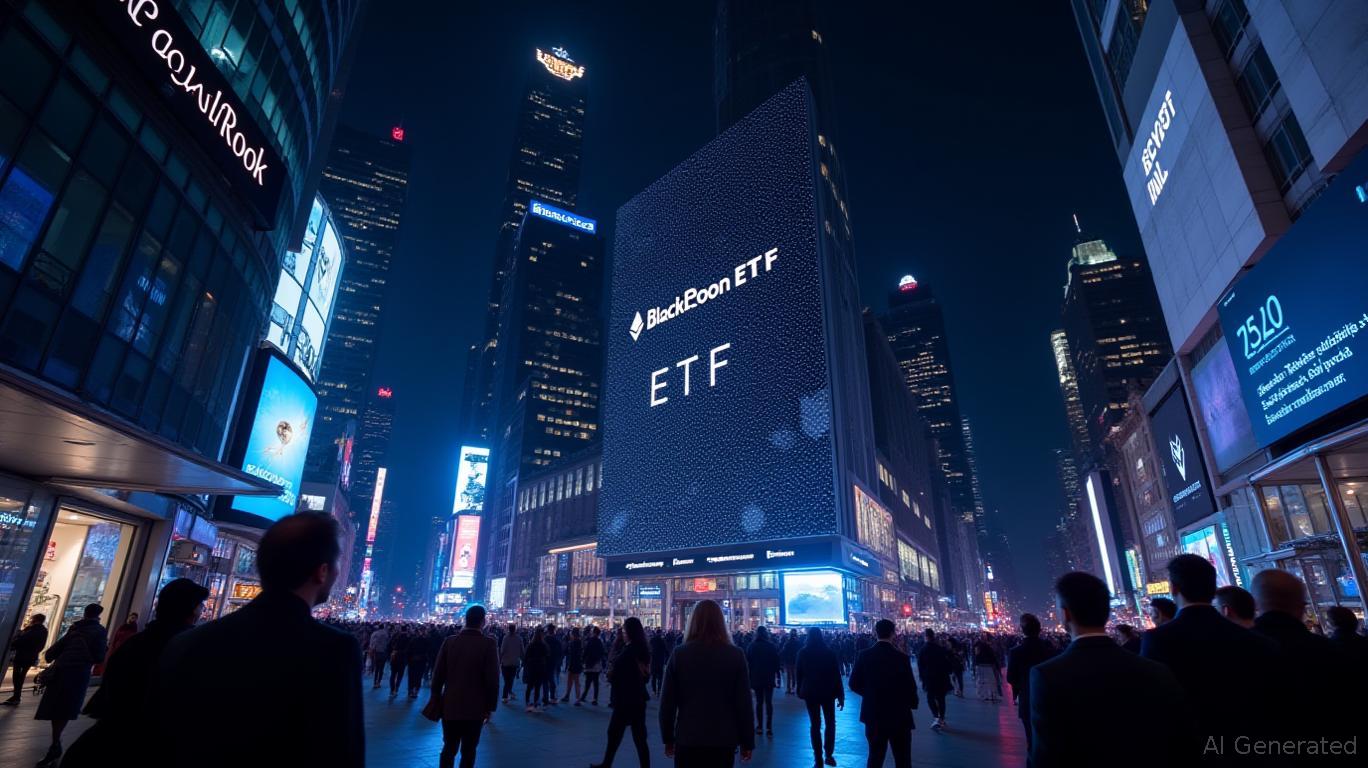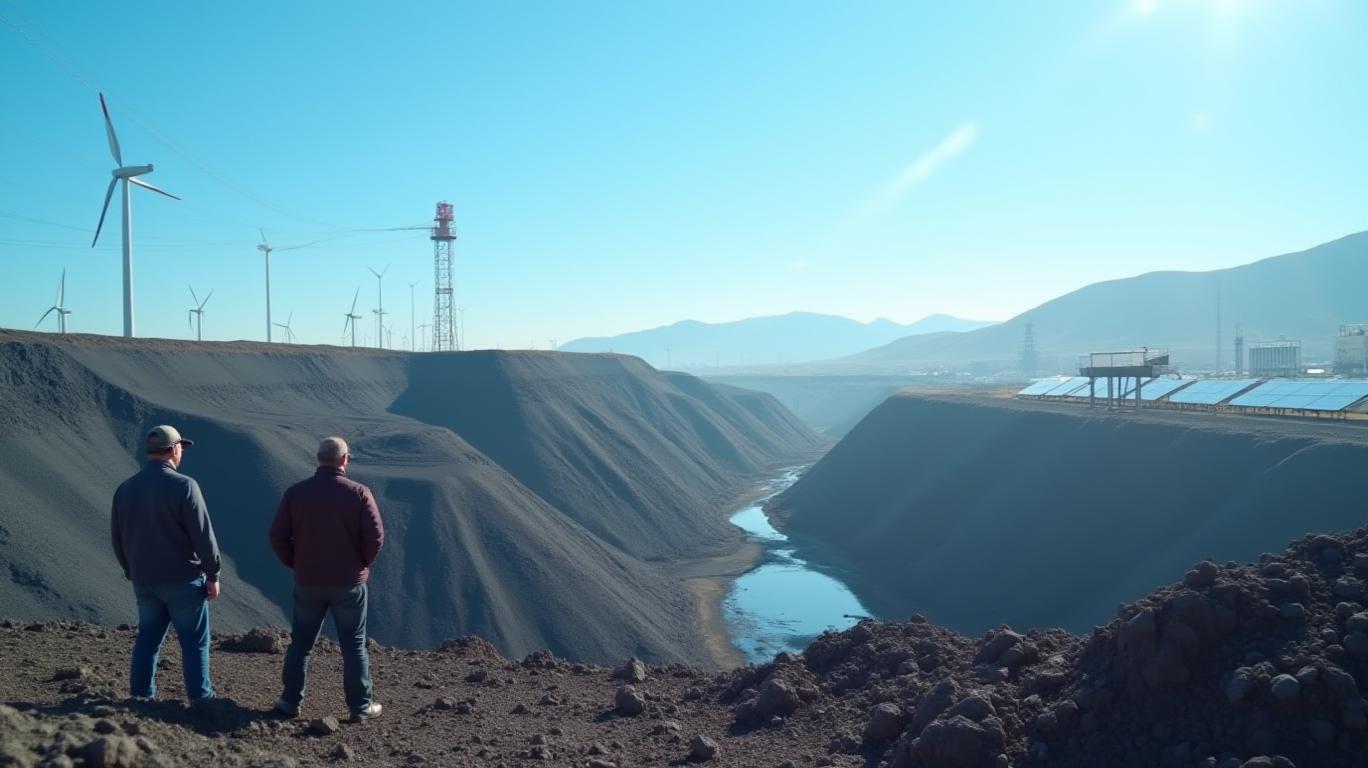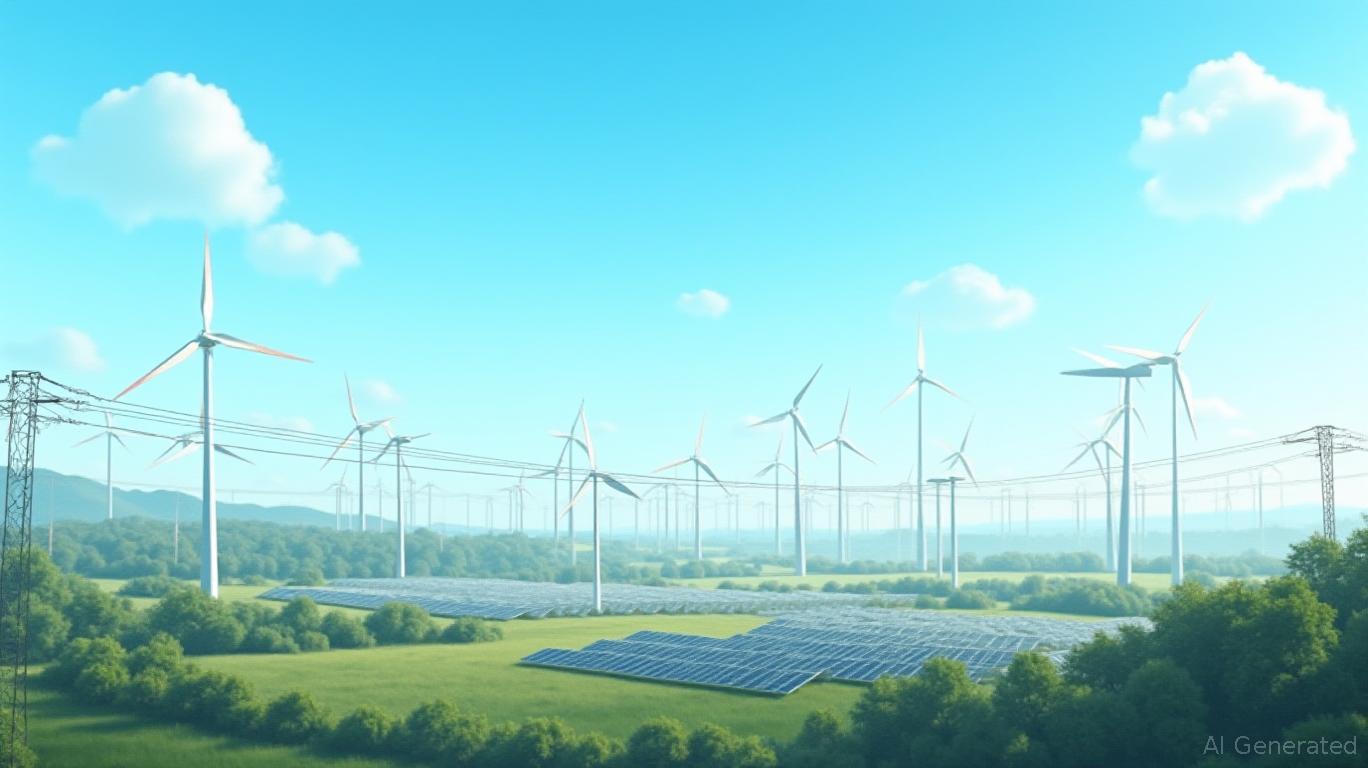Germany’s Regulatory Gridlock Threatens the Energy Transition
The German Energiewende—the ambitious shift to renewable energy—faces existential challenges as regulatory delays and policy uncertainty create a "Berlin-sized hole" in its progress. Despite its status as a clean energy leader, systemic inefficiencies are undermining investor confidence, stifling innovation, and risking the 2030 climate targets. Let’s dissect the red tape and its implications for investors.

1. Gas Power Plant Delays: A Critical Weak Point
Germany’s failure to approve subsidy auctions for gas-fired power plants by early 2025 has left the grid vulnerable. While coal plants are phased out, the lack of interim gas capacity risks blackouts during low renewable output. The incoming CDU/SPD coalition’s plan to incentivize 20 GW of gas capacity by 2030 is welcome, but delays in regulatory approvals and grid regulator BNetzA’s requirements are slowing progress.
Investors in gas infrastructure, such as RWE or Uniper, face a dilemma: Build now and risk stranded assets if renewables outpace demand, or wait and miss market opportunities. The **** reflects this uncertainty, with shares dropping 18% in 2024 amid policy uncertainty.
2. Hydrogen’s Hurdles: Supply, Demand, and Red Tape
Germany’s hydrogen strategy relies on H2Global and the Hydrogen Core Network, but investor hesitancy persists. Projects stall without offtakers committing to long-term purchases, while the Carbon Contracts for Difference (CfD) program lacks hydrogen-specific funding. The IEA estimates that EUR 400 billion in grid upgrades are needed by 2035, but only 15% of proposed hydrogen projects have secured final investment decisions.
The
3. Grid Expansion Costs: A Burden on Households and Businesses
Germany’s grid fees are among Europe’s highest, driven by legacy costs and congestion management. The EUR 400 billion price tag for grid upgrades through 2035 is socialized via consumer bills, deterring electrification in transport and heating. Smart meter deployment lags, stifling demand-side flexibility. Without locational signals or dynamic pricing, utilities like E.ON struggle to optimize investments.
The **** highlight a 30% premium over neighboring countries, eroding industrial competitiveness.
4. Policy Uncertainty: Natural Gas and Beyond
Germany’s reliance on natural gas (one-third of final energy use) lacks a clear exit plan. Industries face rising carbon costs under the EU ETS but no roadmap to transition to hydrogen or CCUS. The government’s “technology-neutral” approach in heat planning confuses investors, risking fossil fuel lock-in.
The **** show prices hovering near EUR 100/ton, yet policy gaps delay the shift to low-carbon alternatives.
5. Investor Sentiment: Caution Amid Ambition
The IEA warns that regulatory instability—exemplified by the abrupt removal of EV purchase incentives in 2023—has slowed EV adoption. While the proposed “bonus-malus” tax could revive demand, it remains unimplemented. Meanwhile, high grid fees and delayed reforms in bidding zones (which could optimize electricity pricing) deter capital.
The **** shows a 12% decline since 2021, underscoring investor wariness.
Conclusion: Navigating the Regulatory Maze
Germany’s energy transition is at a crossroads. While its renewable capacity (60% of generation in 2024) and innovation leadership in hydrogen and storage are strengths, regulatory bottlenecks threaten to squander these gains. The EUR 400 billion grid investment pipeline and 20 GW gas target are achievable only with accelerated permitting, grid fee reforms, and clarity on gas phaseout timelines.
For investors, opportunities lie in firms that align with policy priorities:
- Grid modernization: Companies like TenneT (EURONEXT:TENNL) or Amprion, which manage critical transmission projects.
- Demand flexibility: Startups offering smart meter solutions or demand-response platforms.
- Hydrogen infrastructure: Siemens Energy or ThyssenKrupp, if policy support materializes.
However, caution is warranted. The
In the end, the Berlin-sized hole in Germany’s energy shift isn’t an accident of geography—it’s a man-made crisis of governance. Investors who bet on the Energiewende must ask: Can red tape be cut before the lights go out?



_23f7f7eb1749627884277.png)






